Located on the banks of the Cau River, about 45km from Hanoi , Tho Ha - one of the famous ancient villages of the Kinh Bac region - is not only attractive for its ancient architecture but also known as the cradle of the traditional rice paper making profession.
The rice paper making profession of Tho Ha, Van Ha ward, Bac Ninh province has been included in the List of National Intangible Cultural Heritage by the Minister of Culture, Sports and Tourism in Decision No. 2211/QD-BVHTTDL dated June 27, 2025.
Process of making Tho Ha rice paper
According to the Department of Cultural Heritage, the rice paper making profession in Tho Ha was formed in the early 20th century when a number of households with experience in making rice noodles created a new processing method. Initially, the rice paper was only produced to serve the needs of the village, but thanks to its delicious and unique flavor and its reputation, the product was quickly sought after by traders everywhere.
The ancient Tho Ha people used to have a saying: "First Ke, second Van, third Tho Ha," talking about the ingenuity and sophistication of the villagers in traditional crafts, especially making rice paper.
To make quality rice paper, Tho Ha people always pay attention right from the stage of choosing ingredients. The rice used to make the rice paper must be delicious, round, not moldy, not broken. In particular, the rice chosen is usually old rice that has been stored for at least a year, because new rice contains a lot of resin, when spreading it easily sticks to the mold.
The two most popular rice varieties are Khang Dan and Moc Tuyen - long-term rice varieties, which although not delicious when cooked, are very suitable for making rice paper thanks to their even expansion and non-stickiness.
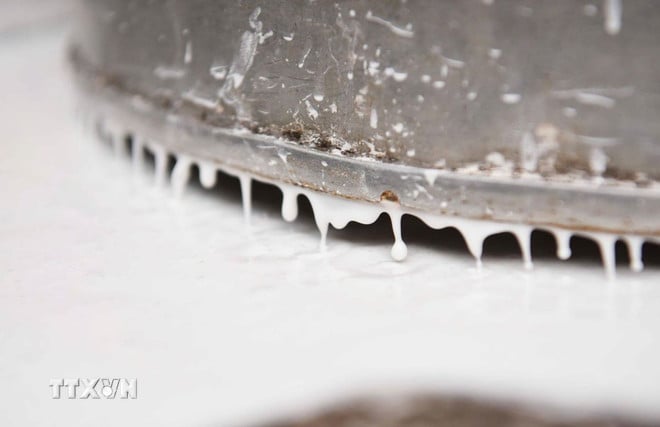
Tho Ha rice paper is made from finely ground and dried rice. (Photo: Thanh Thuong/VNA)
Besides rice, salt and sugar are also two important ingredients that help the cake have a rich flavor. The salt ratio is flexibly adjusted according to the weather - in dry weather, add more salt and in humid weather, reduce it.
The process of making Tho Ha rice paper is a traditional art that has been preserved and passed down through many generations. After the rice is cleaned of sand, it is soaked in diluted salt water for about 2-3 hours so that the rice grains expand evenly.
In the past, people often used manual stone mills with two hand-cranked stone boards to grind flour, but today most households have switched to using electric mills to save time. After grinding, the flour is filtered through a cloth to remove residue, then salt water and sugar are added to achieve the right consistency.
The cake coating process is considered the most important, requiring the skill and experience of the baker. The dough is scooped onto the mold, spread evenly, then covered with a lid and steamed. When the cake is done, the baker uses a plastic tube to gently roll the cake out of the mold, avoiding tearing.
After being coated, the cakes are dried on bamboo racks under the gentle sunlight. People often choose to dry them vertically to save space, or use fences or roofs to hang the cakes. The drying time must be precise - drying for too long will make the cakes brittle and fragile; drying for too long will make the cakes damp.
Finally, the cake is cut into circles or squares, packed in nylon bags to retain its crispness and distinctive flavor.
Attractive tourist destination
Currently, Tho Ha village has about 300 households engaged in the profession of making rice paper. Amidst the modern pace of life, many families in Tho Ha still preserve the traditional method of making rice paper, while applying new technology to improve productivity and product quality, meeting the increasing demands of the market.
Tho Ha rice paper is not only a familiar rustic dish but also a symbol of the creativity and perseverance of Kinh Bac people. From the handmade cakes in small kitchens, the product has reached far, appearing in Vietnamese meals and conquering the international market.

After drying, rice paper is stacked into bundles and sold to customers. (Photo: Thanh Thuong/VNA)
Thanks to the blend of traditional quintessence and modern techniques, Tho Ha rice paper increasingly affirms its position, becoming the pride of the craft village and a living testament to the vitality of the national cultural heritage.
Not only does this traditional profession provide a stable source of income, it also becomes an attractive destination for tourists who want to explore the cultural space of Vietnamese craft villages.
Van Ha Ward identifies the preservation and promotion of the value of Tho Ha rice paper craft village as an important task, closely linked to the goal of developing the local economy, culture and tourism.
Local authorities focus on solutions to both preserve and develop craft villages, focusing on teaching the profession to the younger generation, encouraging children in the village to learn the craft and stick with traditional crafts to ensure sustainable inheritance.
At the same time, the ward is gradually building a cultural space for craft villages, combining production-experience-tourism, to promote the unique image of Tho Ha to domestic and foreign tourists. Many activities such as competitions, craft village festivals, and handicraft product exhibitions are held regularly, contributing to honoring spiritual values, enhancing the prestige and competitiveness of traditional products.
Along with preserving the ancient quintessence, the ward also encourages people to apply modern machinery and equipment such as coating machines and dryers instead of the traditional drying method using charcoal, both to improve production efficiency and reduce dust pollution, protecting the living environment.
Propaganda and periodic inspection of food hygiene and safety are regularly carried out; production households are given detailed instructions on the process of soaking, grinding, coating and preserving cakes according to standards, absolutely not using toxic additives.
These efforts not only help Tho Ha rice paper making craft develop sustainably, but also contribute to spreading the value of a traditional craft village imbued with Kinh Bac identity./.
(Vietnam+)
Source: https://www.vietnamplus.vn/nghe-lam-banh-da-nem-tho-ha-di-san-phi-vat-the-vung-kinh-bac-post1076212.vnp



![[Photo] Prime Minister Pham Minh Chinh receives Lao Minister of Labor and Welfare Phosay Sayasone](https://vphoto.vietnam.vn/thumb/1200x675/vietnam/resource/IMAGE/2025/11/11/1762872028311_dsc-2246-jpg.webp)









![[Photo] Chu Noodles - the essence of rice and sunshine](https://vphoto.vietnam.vn/thumb/402x226/vietnam/resource/IMAGE/2025/11/11/1762846220477_ndo_tl_7-jpg.webp)


















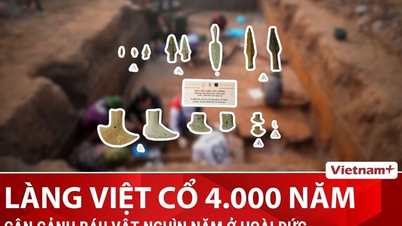

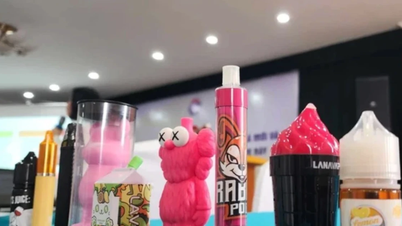























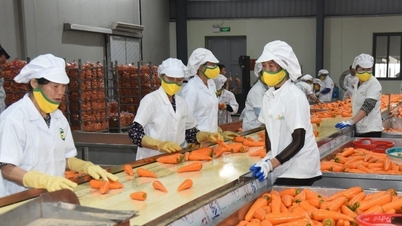



































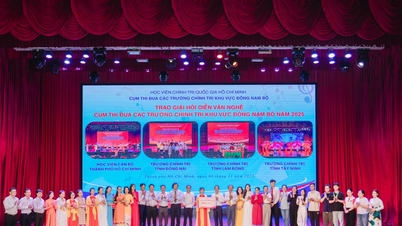

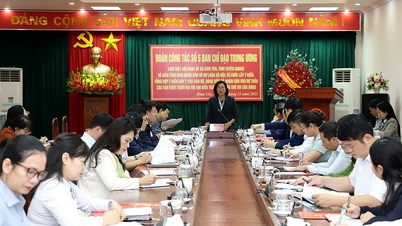






![Dong Nai OCOP transition: [Article 3] Linking tourism with OCOP product consumption](https://vphoto.vietnam.vn/thumb/402x226/vietnam/resource/IMAGE/2025/11/10/1762739199309_1324-2740-7_n-162543_981.jpeg)








Comment (0)